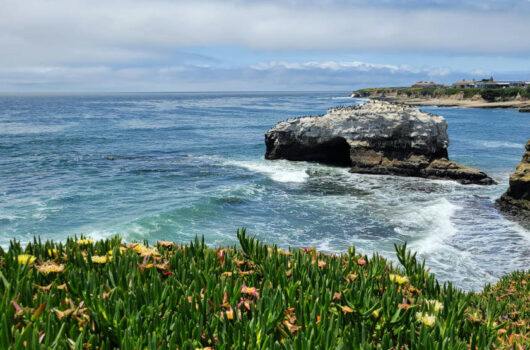Ab-Initio General-Relativistic Neutrino-Radiation Hydrodynamics Simulations of Long-Lived Neutron Star Merger Remnants to Neutrino Cooling Timescales
Ab-Initio General-Relativistic Neutrino-Radiation Hydrodynamics Simulations of Long-Lived Neutron Star Merger Remnants to Neutrino Cooling Timescales
View
Abstract
We perform the first 3D ab-initio general-relativistic neutrino-radiation hydrodynamics of a long-lived neutron star merger remnant spanning a fraction of its cooling time scale. We find that neutrino cooling becomes the dominant energy loss mechanism after the gravitational-wave dominated phase (![]() postmerger). Electron flavor anti-neutrino luminosity dominates over electron flavor neutrino luminosity at early times, resulting in a secular increase of the electron fraction in the outer layers of the remnant. However, the two luminosities become comparable
postmerger). Electron flavor anti-neutrino luminosity dominates over electron flavor neutrino luminosity at early times, resulting in a secular increase of the electron fraction in the outer layers of the remnant. However, the two luminosities become comparable ![]() postmerger. A dense gas of electron anti-neutrinos is formed in the outer core of the remnant at densities
postmerger. A dense gas of electron anti-neutrinos is formed in the outer core of the remnant at densities ![]() , corresponding to temperature hot spots. The neutrinos account for
, corresponding to temperature hot spots. The neutrinos account for ![]() of the lepton number in this region. Despite the negative radial temperature gradient, the radial entropy gradient remains positive and the remnant is stably stratified according to the Ledoux criterion for convection. A massive accretion disk is formed from the material squeezed out of the collisional interface between the stars. The disk carries a large fraction of the angular momentum of the system, allowing the remnant massive neutron star to settle to a quasi-steady equilibrium within the region of possible stable rigidly rotating configurations. The remnant is differentially rotating, but it is stable against the magnetorotational instability. Other MHD mechanisms operating on longer timescales are likely responsible for the removal of the differential rotation. Our results indicate the remnant massive neutron star is thus qualitatively different from a protoneutron stars formed in core-collapse supernovae.
of the lepton number in this region. Despite the negative radial temperature gradient, the radial entropy gradient remains positive and the remnant is stably stratified according to the Ledoux criterion for convection. A massive accretion disk is formed from the material squeezed out of the collisional interface between the stars. The disk carries a large fraction of the angular momentum of the system, allowing the remnant massive neutron star to settle to a quasi-steady equilibrium within the region of possible stable rigidly rotating configurations. The remnant is differentially rotating, but it is stable against the magnetorotational instability. Other MHD mechanisms operating on longer timescales are likely responsible for the removal of the differential rotation. Our results indicate the remnant massive neutron star is thus qualitatively different from a protoneutron stars formed in core-collapse supernovae.




